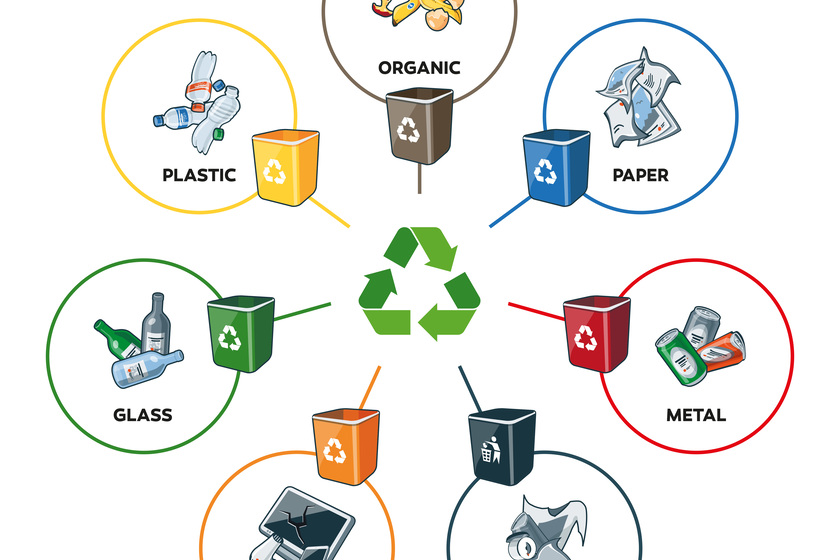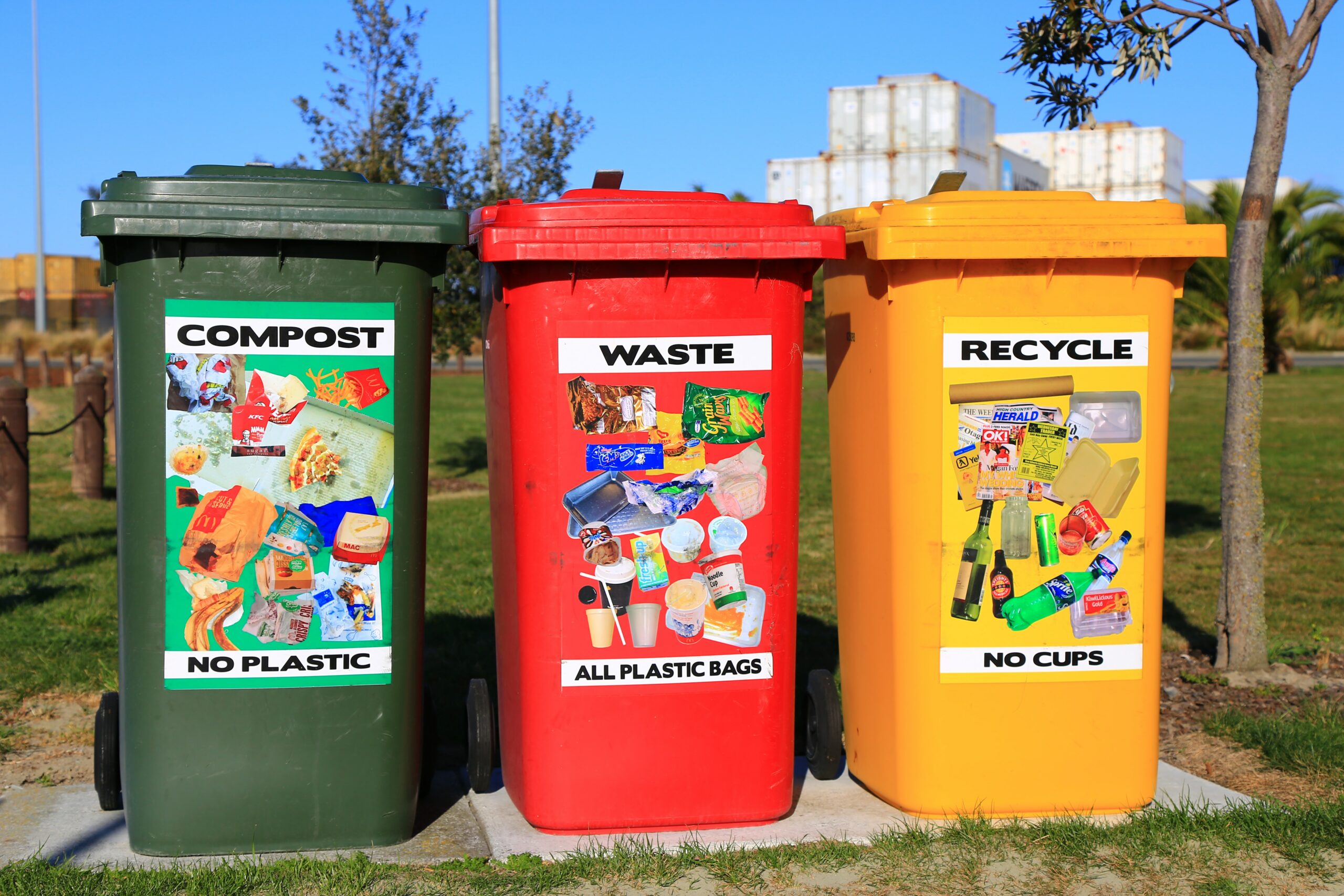Why Choose Recycling Lives Services for Your Waste Monitoring Requirements
Why Choose Recycling Lives Services for Your Waste Monitoring Requirements
Blog Article
Comprehending the Category and Handling of Numerous Kinds Of Waste
Efficient waste monitoring is essential for environmental sustainability, calling for a comprehensive understanding of the classification and handling of different waste types. Family waste, commercial by-products, unsafe materials, digital refuse, and organic residues each require distinctive procedures to guarantee safety and minimize ecological damages. Executing correct segregation, treatment, and disposal techniques is necessary to mitigate unfavorable environmental impacts and promote source preservation. The composting of natural waste contrasts greatly with the intricate procedures needed to take care of hazardous materials. This complex approach to waste monitoring emphasizes its intricacy and the important need for specialized expertise in this domain name.

Home Waste
Household waste, including a broad range of thrown out products created from everyday living activities, represents a considerable part of the general waste stream - recycling lives services. This classification includes natural waste such as food scraps, lawn clippings, and paper items, together with inorganic materials like plastics, steels, and glass. The varied nature of family waste necessitates reliable category and management to reduce ecological influence and promote sustainable living techniques
Effective family waste monitoring begins with segregation at the source, promoting recycling, composting, and safe disposal. Organic waste, for example, can be composted to produce nutrient-rich soil changes, minimizing land fill worry and improving dirt wellness. Recyclable materials, including paper, glass, and particular plastics, can be refined and repurposed, saving sources and reducing energy intake connected with brand-new material production.
Additionally, hazardous house waste such as batteries, digital tools, and cleaning chemicals needs specialized dealing with to stop dirt and water contamination. Public understanding campaigns and convenient disposal choices play crucial duties in making sure correct disposal and recycling of these products. By carrying out durable waste reduction approaches and cultivating area engagement, communities can significantly relieve the environmental footprint of family waste.
Hazardous Waste
Industrial waste, a significant factor to global waste generation, includes a varied array of products created by manufacturing, building, and various other industrial activities. Efficient administration of commercial waste is critical for minimizing environmental influence and promoting lasting methods.
The handling of industrial waste normally entails numerous processes: collection, segregation, disposal, and treatment. Collection systems are designed to successfully gather waste products from different sources within a commercial procedure. Partition is critical, as it guarantees recyclable materials are divided from non-recyclable ones, which can be directed in the direction of suitable recycling or disposal networks. Treatment processes, including physical, chemical, and biological methods, are employed to decrease the toxicity, volume, and environmental impact of the waste. Lastly, disposal approaches like landfilling or incineration are used for waste that can not be recycled or treated.
Adopting approaches such as waste reduction, resource recovery, and recycling can considerably lower the concern of hazardous waste on the setting, adding to even more lasting industrial methods.
Contaminated Materials

The classification of harmful waste is normally based on its chemical and physical characteristics. Poisonous wastes include dangerous compounds that can trigger negative health and wellness results also at reduced focus. Destructive wastes can harm or ruin living cells and materials. Combustible wastes can quickly spark, posturing fire threats, while responsive wastes can trigger surges or release toxic gases upon call with various other compounds.
Reliable hazardous waste monitoring entails numerous essential techniques: identification and segregation of dangerous products, secure transport and storage, and ideal treatment and disposal. Treatment techniques from this source might consist of chemical incineration, stabilization, and neutralization. Regulatory conformity is crucial, assisted by frameworks such as the Source Conservation and Recuperation Act (RCRA) in the United States, which makes certain secure and ecologically sound monitoring of contaminated materials.
Digital Waste
Digital waste, frequently abbreviated as e-waste, stands for an expanding obstacle in waste administration as a result of the rapid obsolescence of modern technology. This group incorporates a wide variety of discarded digital gadgets, consisting of smart devices, computers, tvs, and household appliances. The intricacy of e-waste exists in its structure; these things include a blend of valuable materials such as gold and copper, as well as dangerous substances like mercury, lead, and cadmium.

Regulation and policies, such as the European Union's Waste Electronic and electrical Devices (WEEE) Regulation, objective to promote liable e-waste management. These policies mandate suppliers to facilitate navigate here the collection and recycling of digital items, therefore lowering the burden on land fills and lessening ecological contamination.
Organic Waste
Organic waste, encompassing eco-friendly products such as food scraps, yard trimmings, and farming residues, comprises a considerable section of the community strong waste stream. This kind of waste is noteworthy not just for its quantity yet also for its possible ecological effect otherwise handled properly. Organic waste can decay anaerobically in land fills, creating methane, a potent greenhouse gas contributing to environment change.
Correct handling of natural waste entails a number of methods. In addition, drawing away food waste from landfills via contribution programs can alleviate food instability while decreasing waste.
Municipalities and companies are significantly recognizing the significance of organic waste administration. Executing extensive natural waste reusing programs not just minimizes environmental impacts but likewise aligns with wider sustainability goals, promoting a circular economic climate where sources are continuously recycled and repurposed.
Conclusion
Efficient waste monitoring and environmental security necessitate a comprehensive understanding of the classification and handling of various waste kinds. Implementing suitable approaches for each waste type makes sure safe and liable waste administration practices, inevitably contributing to the defense of communities and public health.
Reliable waste management is essential for ecological sustainability, requiring an extensive understanding of the category and handling of different waste my link kinds.Home waste, including a broad variety of thrown out products generated from day-to-day living activities, represents a considerable component of the overall waste stream.Industrial waste, a significant factor to worldwide waste generation, incorporates a varied range of products produced by production, construction, and various other commercial activities (recycling lives services).Hazardous waste, a crucial problem in waste monitoring, consists of products that posture substantial risks to human health and the environment due to their harmful, destructive, combustible, or responsive buildings.Organic waste, incorporating eco-friendly materials such as food scraps, lawn trimmings, and farming residues, constitutes a significant section of the local solid waste stream
Report this page